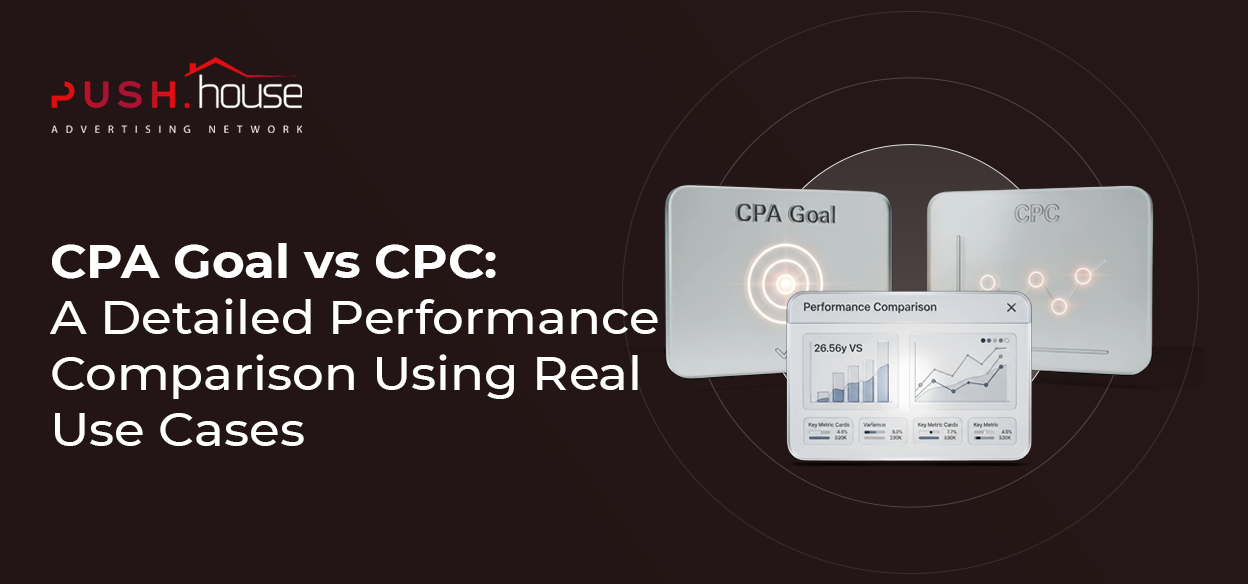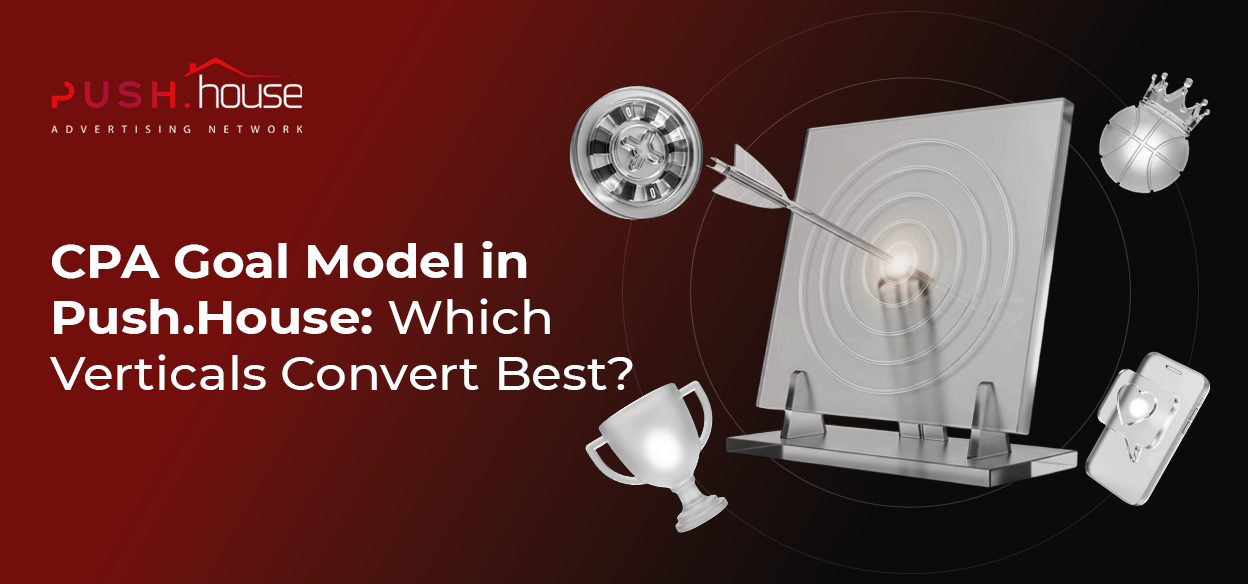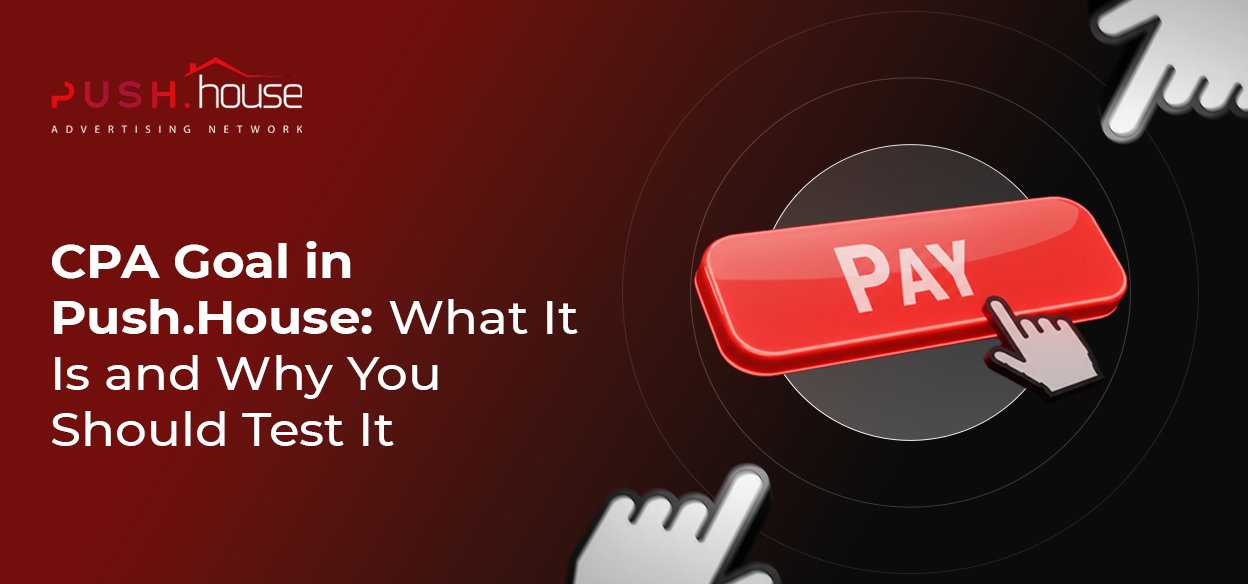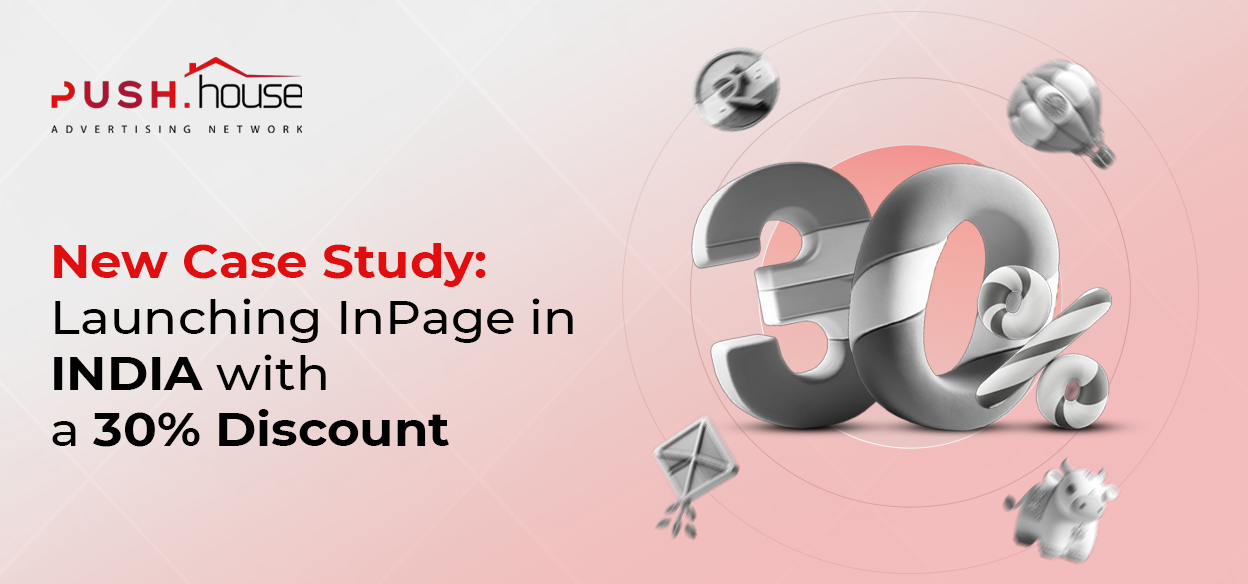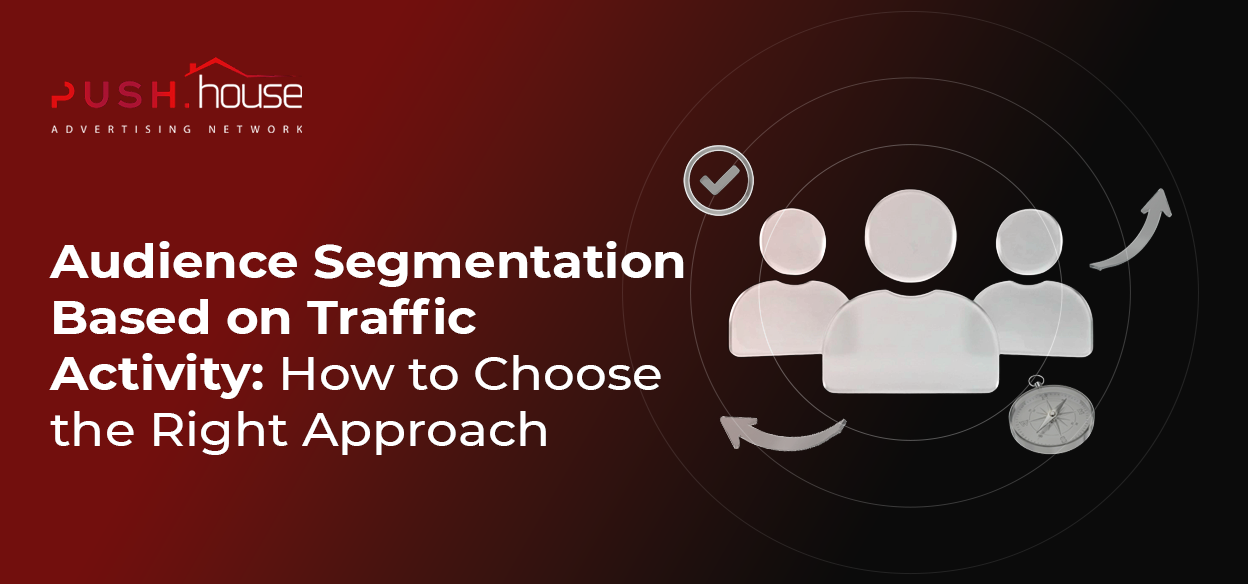
Audience Segmentation Based on Traffic Activity: How to Choose the Right Approach
Hi there! Push.House here.
When it comes to arbitrage, one of the biggest factors in your success is knowing your audience. Without segmentation, you’re basically shooting in the dark. And if you ignore traffic activity, you could end up wasting your budget entirely. In this article, we’ll explain why segmenting users by activity matters, how it affects the performance of push campaigns, and what strategies actually work.
Why Traffic Activity Is a Key Metric
Push ads are most effective when the user is interested and engaged — but not all traffic is created equal:
- Some users just subscribed and are actively clicking on their first few notifications.
- Others haven’t interacted in a while but haven’t unsubscribed either.
- Some check in occasionally and only click now and then.
If you’re sending the same creative to everyone, you’re losing valuable conversions. The timing is off for some, and others aren’t interested already.
Example:
New subscribers respond best to attention-grabbing, fast-action CTAs. Inactive users need a stronger trigger — like a bonus or emotional hook — to bring them back in.
How to Segment Your Push Audience by Traffic Activity
Here’s a basic push traffic segmentation model:
Active Users (0–3 days after subscription)
- Traits: High click rates, engaged, responsive to fresh offers.
- What works: Bold creatives, hot offers, pain-point-driven headlines.
- Tips: High frequency, aggressive campaigns.
Semi-Active Users (4–14 days)
- Traits: Interest is cooling, but still responsive.
- What works: Personalized messages, warm-up sequences.
- Tips: Test different formats and A/B test your headlines.
Dormant Users (15+ days)
- Traits: Rare clicks, low CTR.
- What works: Evergreen offers, comeback bonuses.
- Tips: Lower send frequency, run targeted (retargeting-style) campaigns.
Setting Up Segmentation in Push.House
In Push.House, you can segment users based on subscription date and click activity. Here’s a basic setup:
1. Create separate campaigns for each segment:
- Campaign A – Active users (0–3 days)
- Campaign B – Semi-active users (4–14 days)
- Campaign C – Dormant users (15+ days)
2. Adjust frequency and creatives per group.
For example:
- Actives: 3–4 pushes per day
- Dormants: 1 push with a strong “limited-time” hook
3. Run tests.
Don’t just recycle the same creatives across groups. What resonates with one group may fall flat with another.
Strategies for Each Segment
For Active Users:
- Creatives: Short creatives with CTA right at the top
- Timing: Send during peak hours (based on GEO)
For Semi-Active Users:
- Add emotional hooks: “Have you seen this?”
- Use themed messages: “Top 3 picks just for you”
- Experiment with headlines: questions, numbers, urgency
For Dormant Users:
- Bonuses and triggers: “Come back and get a reward”
- Use high-impact titles: “Last chance,” “Offer ends at midnight”
- Avoid spammy tactics: focus on relevance
What This Type of Segmentation Gets You
- Higher CTR (more relevant pushes = more clicks)
- Better ROI (targeted messages convert better)
- Lower unsub rates (less spam, more value)
- Smarter scaling (build what works, cut what doesn’t)
Final Thoughts
If you want to get the most out of push traffic, don’t blast the same message to everyone. Segment your audience by traffic activity, build thoughtful campaigns for each group, and test until it clicks.
You’re not just dealing with traffic — you’re working with real users. And if you treat them that way, they’ll respond.
Want more tips like this? Follow Push.House on Telegram — we share not just updates, but real working cases and strategies.



